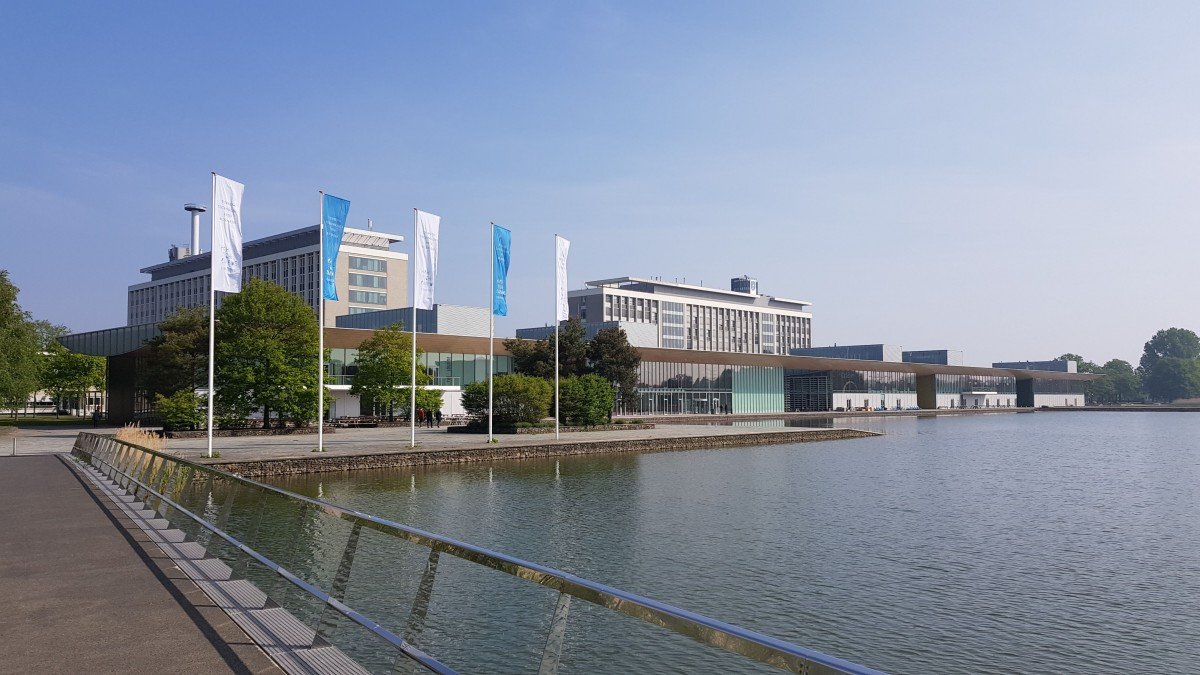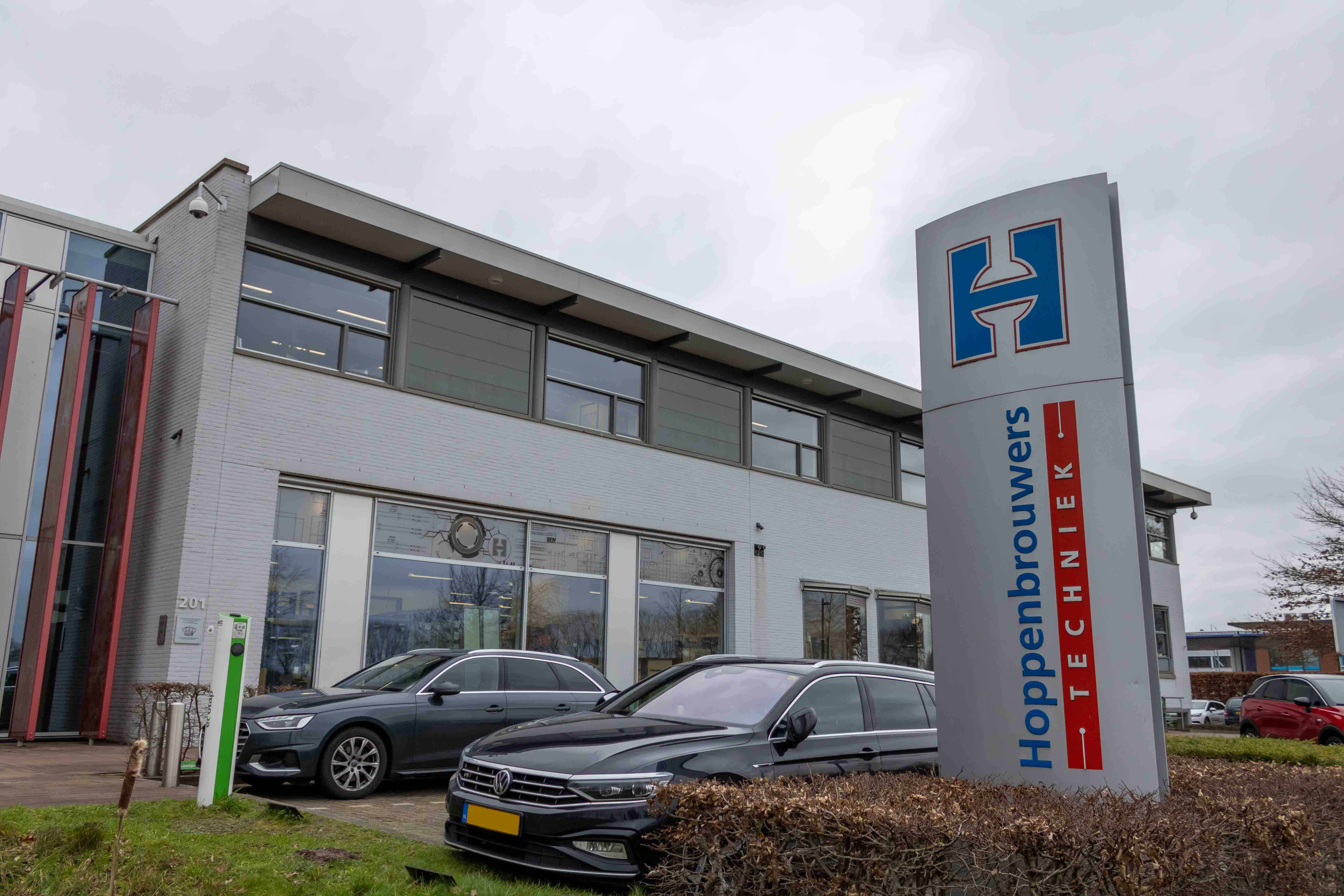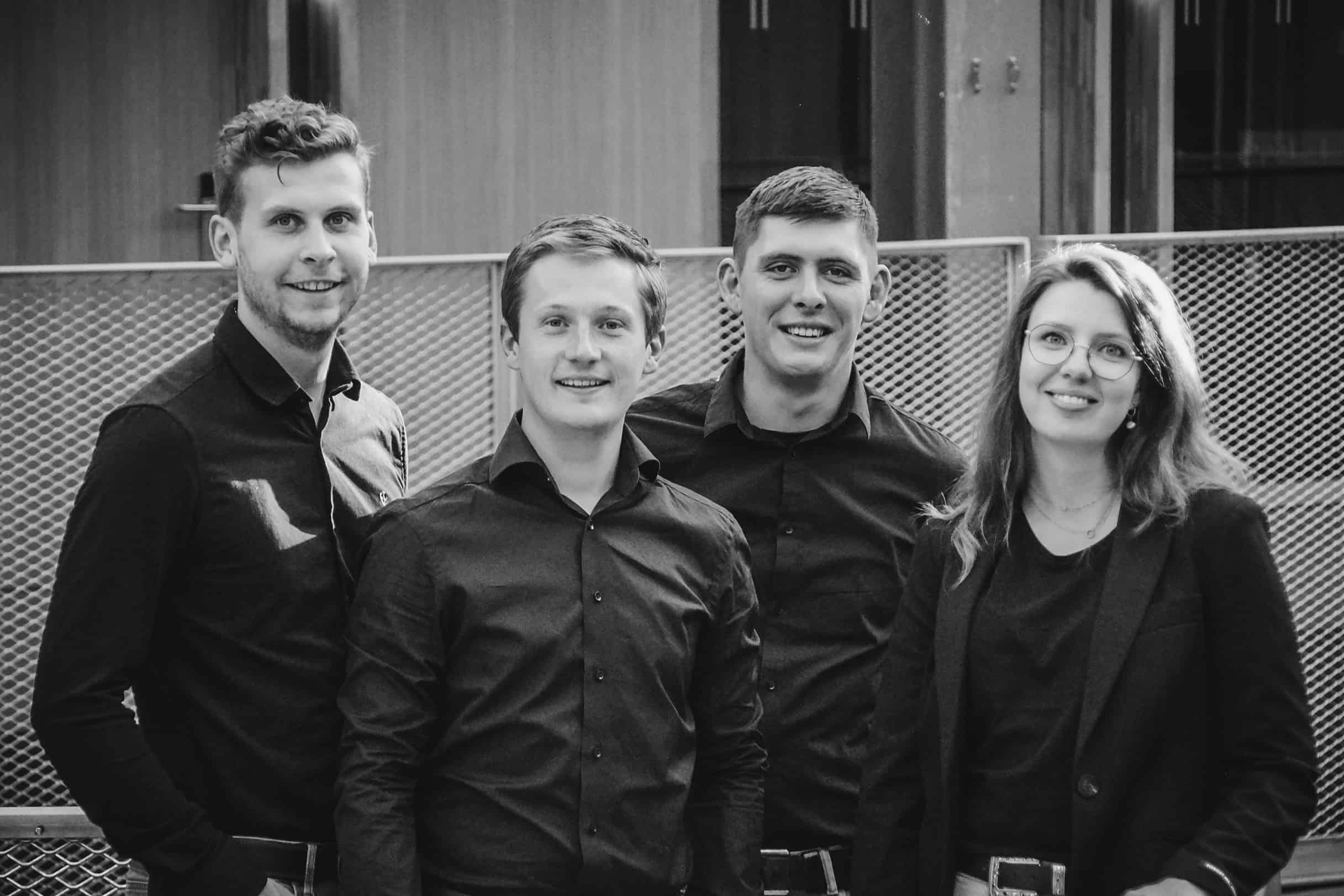
High Tech Campus Eindhoven is known by many as “the smartest square kilometre in Europe“. But a new ambition has been added: by 2025, the Campus also wants to become the most sustainable campus in Europe as well. Strukton Worksphere is one of the eight strategic partners within the campus that are working together to achieve this goal. In a ‘whitepaper‘, the company, which focuses primarily on the management and maintenance of the technical installations, explains what this is all about. Here are the highlights.
According to Anne van Wijchen, Purchasing & Facility Contract Manager, the purchasing model is central to the facility management of the Campus. “We want to make our buildings and the site more sustainable, offer a pleasant working environment and provide healthy food.” Strukton Worksphere is contributing to a number of projects around sustainability, such as the Energy & Maintenance business case. Henk Smit is one of the two energy consultants. He worked on a business case as a roadmap, with the sustainability of the Campus mapped out for the next 15 to 20 years. According to Smit, this long duration is an advantage: “Building managers are sometimes quite ad hoc in their technical installation choices. For example, a broken central heating boiler is too easily replaced by a new boiler, whereas a heat pump would probably have been better. If you have a long-term plan, you know what your goal is and what the next step will be. In this way, you bring the investments into line with the lifespan of your installations.”
Van Wijchen recognises what Smit says. “The roadmap provides insight into sustainability actions over time and shows what we are doing. We now know, for example, that with certain integrated sustainability solutions we can reduce gas consumption in multi-tenant buildings by 97% within 10 years”.
From transport to food
But there’s much more, explains Van Wijchen: “We encourage using electric vehicles, public transport and bicycles. We have electric buses and electric charging points. With a test sensor from one of our tenants, we measure the CO2 emissions in the parking garages and then reduce them. We are investigating the possibility of building a circular pavilion. We are reducing the number of plastic disposables. We have a 3D food printer that we use for events. We serve fair trade coffee and tea and we place moisture sensors in the ground near trees to see if they need water.”
There are several collaborations with organisations in the direct region, says Van Wijchen. “We look at ecological landscape management and let herds of sheep graze on our grasslands. We will soon be installing a composting machine that converts the green waste from our restaurants into compost for nearby farmlands. And we are going to share the surplus heat on the Campus with the municipality of Eindhoven.”
Cold heat storage
The cold-heat storage (KWO) under the campus will also be taken care of. Sjef Wijen: “This system is connected to all building installations that can supply heat or cold. Our energy consultants found that the balance between heat and cold was not optimal.” The solution was a different distribution. Smit: “We have incorporated the optimisation of the KWO in the roadmap because making buildings more sustainable has an effect on the KWO’s balance sheet. We are currently investigating whether, in addition to this, we can create a smart grid with storage capacity for excess energy and control of installations at the building level.”
The roadmap is a dynamic plan, says Smit. “We deliberately set up our research in a broad sense right from the start. If you want to use energy efficiently and sustainably, you should always look at what is available in the area. For the Campus, we, therefore, looked at the potential for heat recovery from the sewer, energy exchange over a raw water pipeline, reuse of residual energy and the generation of energy via the asphalt roads. Because the KWO still has a lot of available capacity, this is not efficient at the moment, but at a later point in time these kinds of solutions could be included in the roadmap.”
The same applies to techniques that are still under development but can be very effective at a later date. Smit: “With the innovative users of the Campus, there is a good chance that such applications will be developed on their own premises. This makes it both interesting and inspiring for all parties involved that we can offer the roadmap, which over the years, within the framework of the ambition, can grow along with the developments of that moment.”
Read the whole story in the whitepaper of Strukton Worksphere (Dutch).








